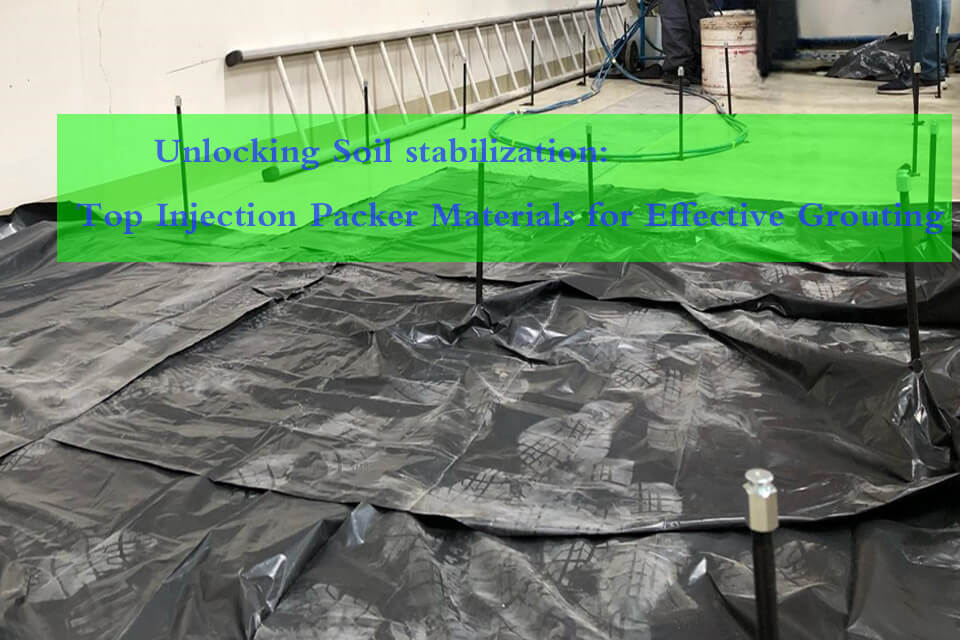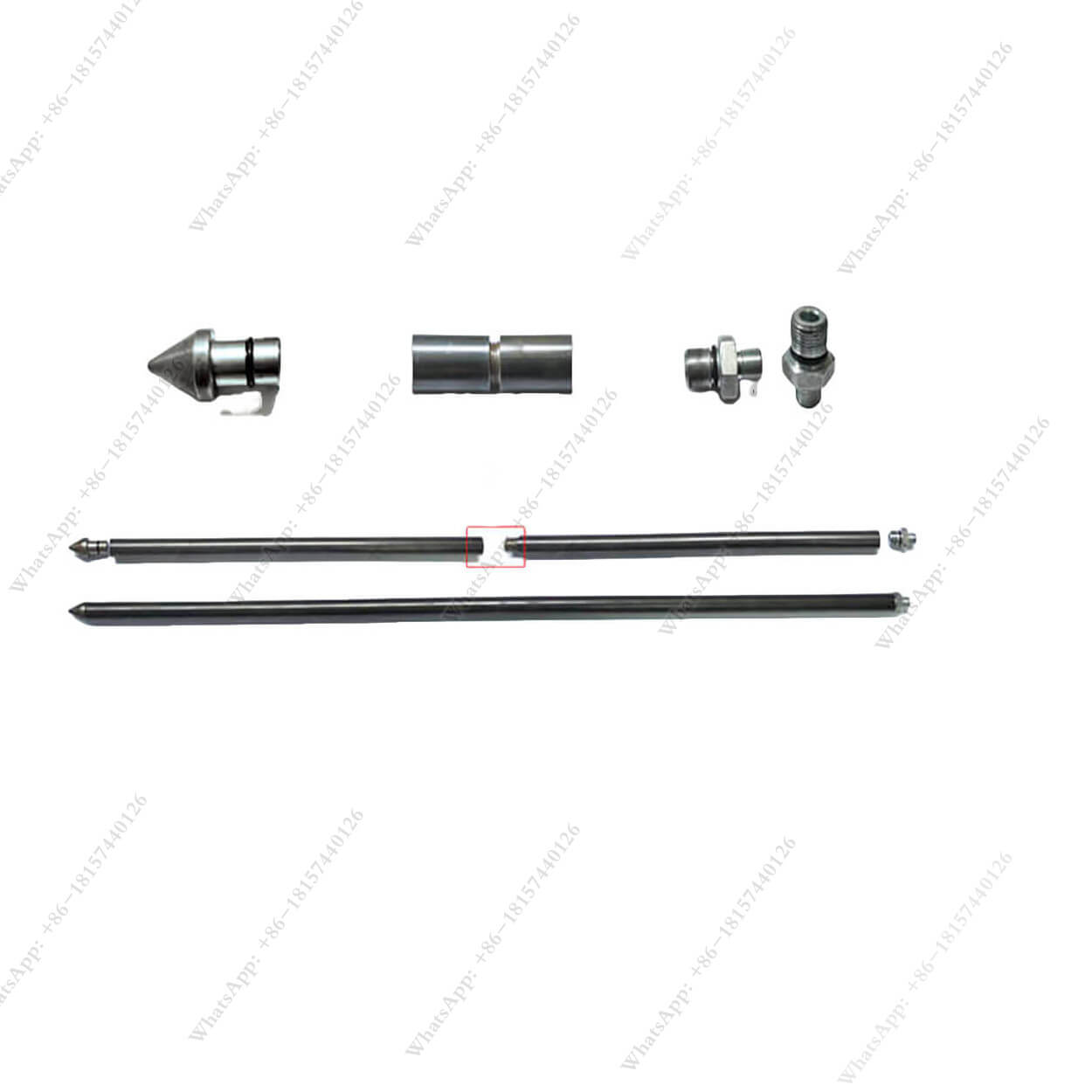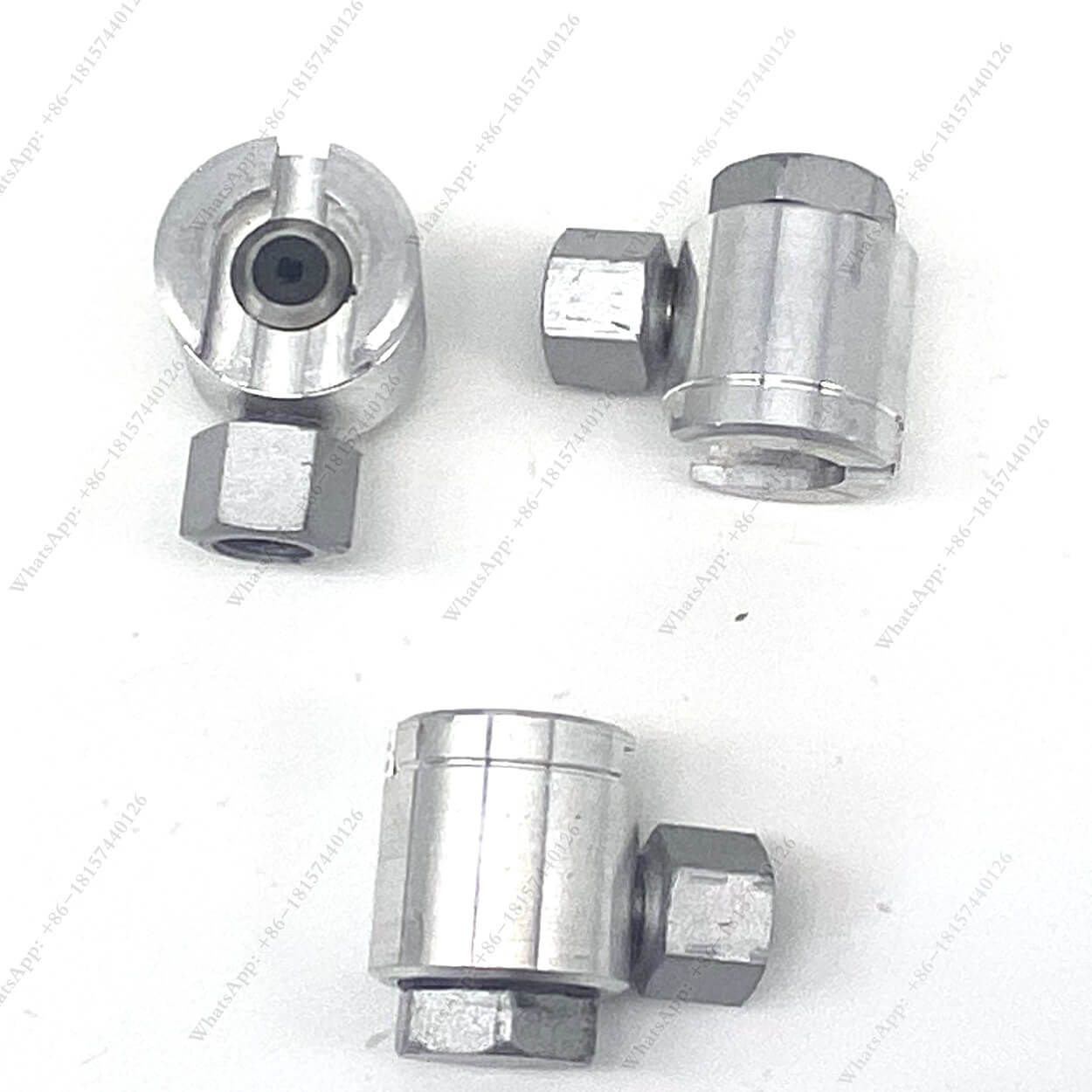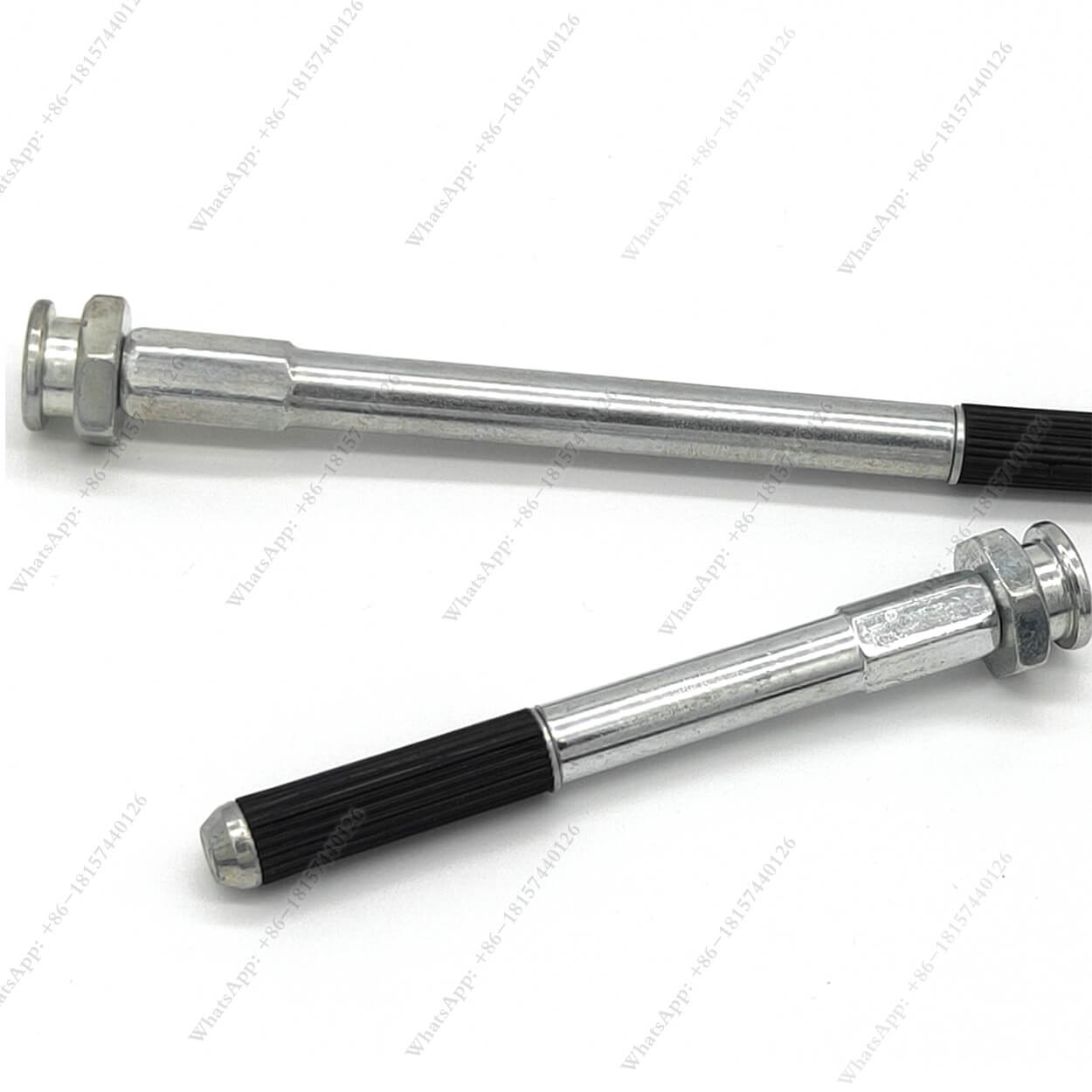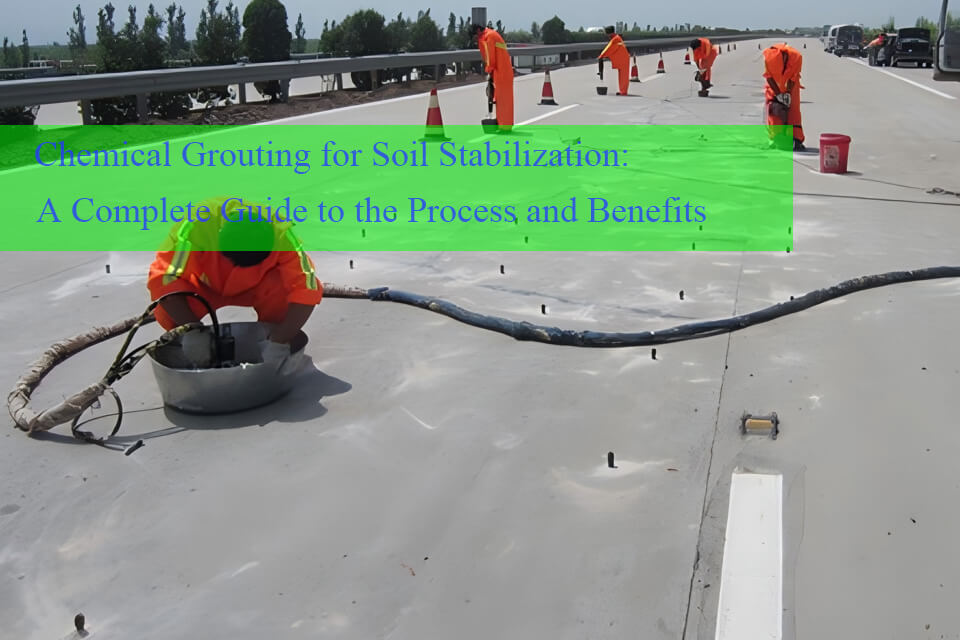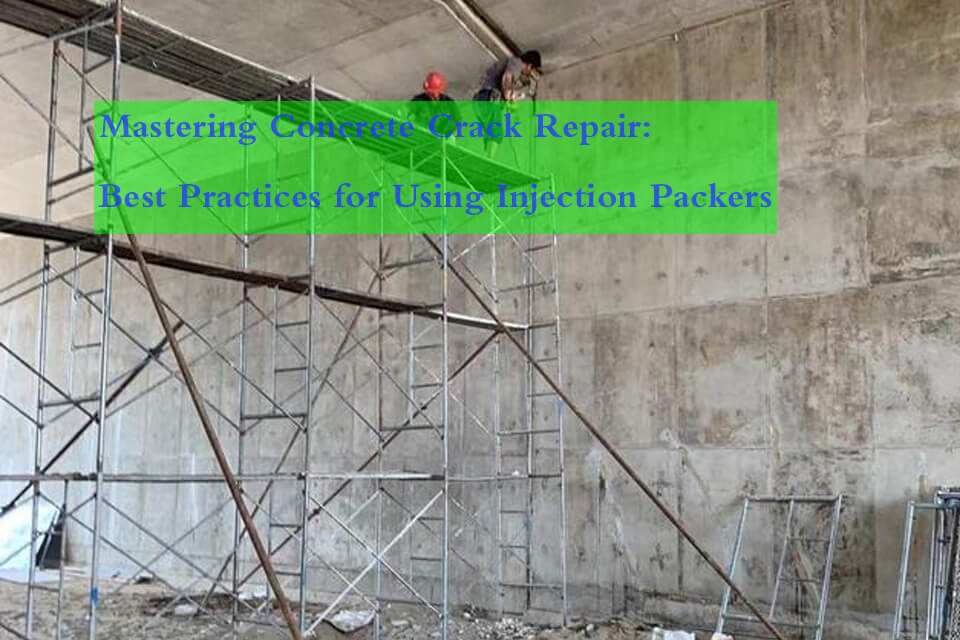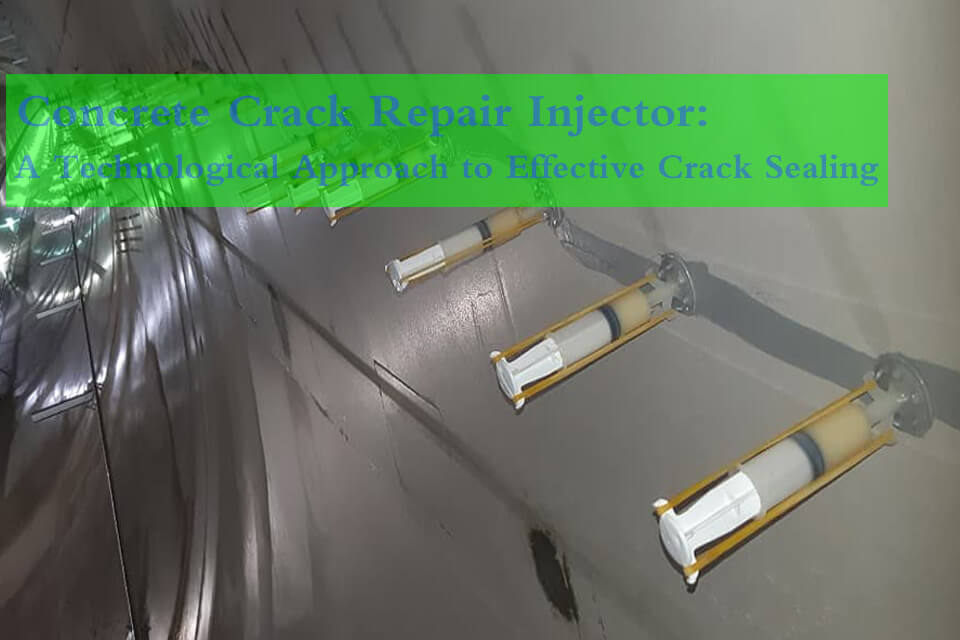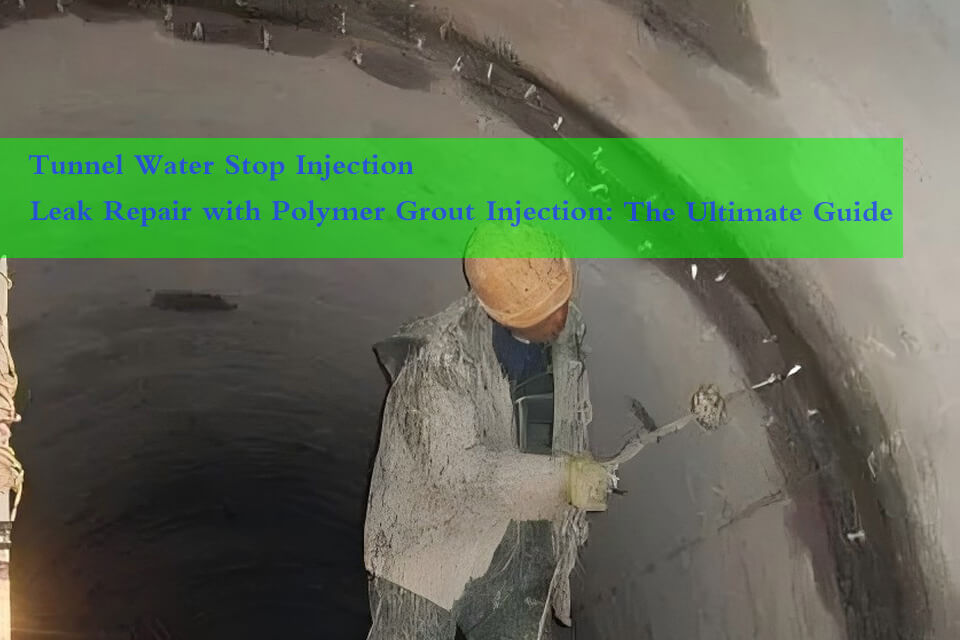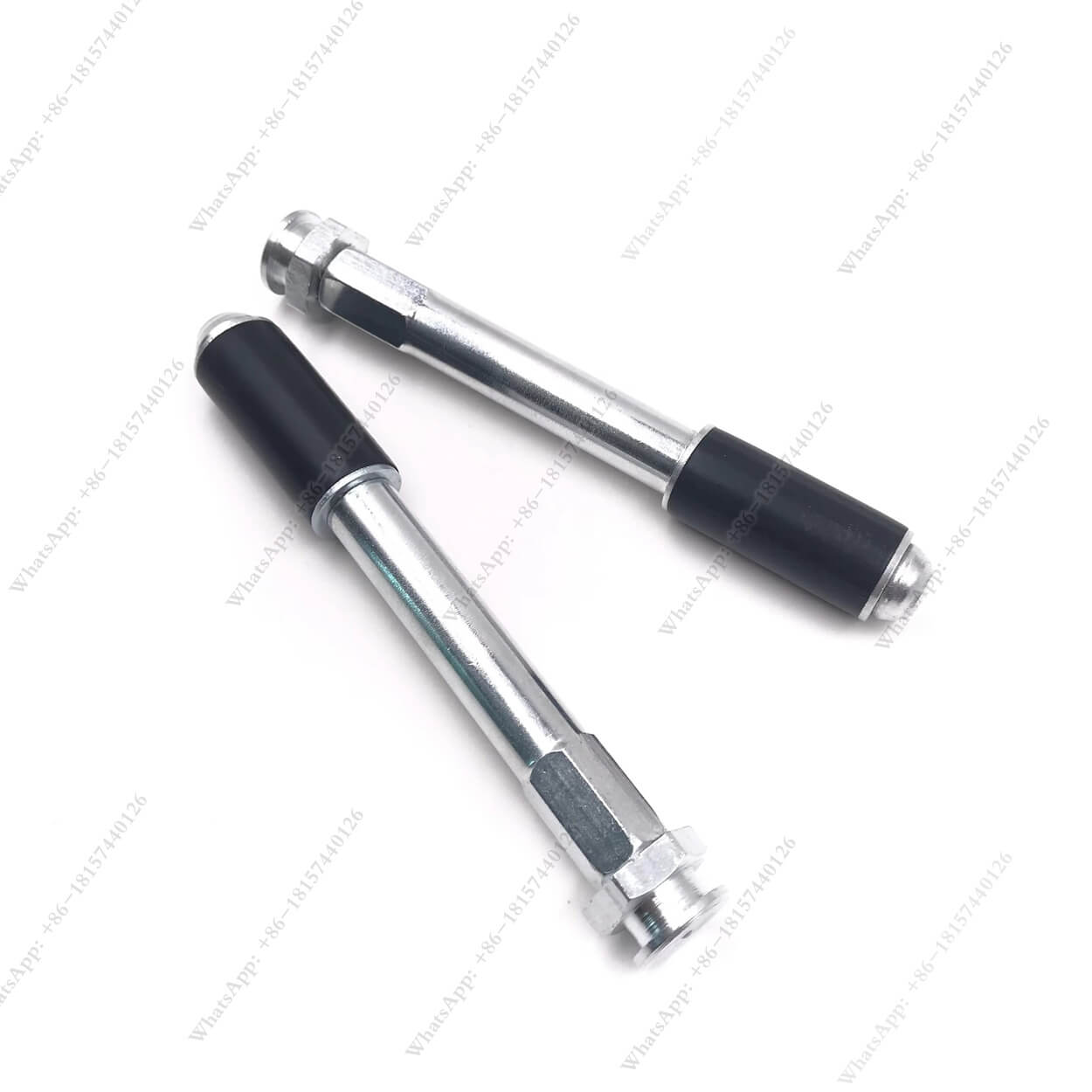
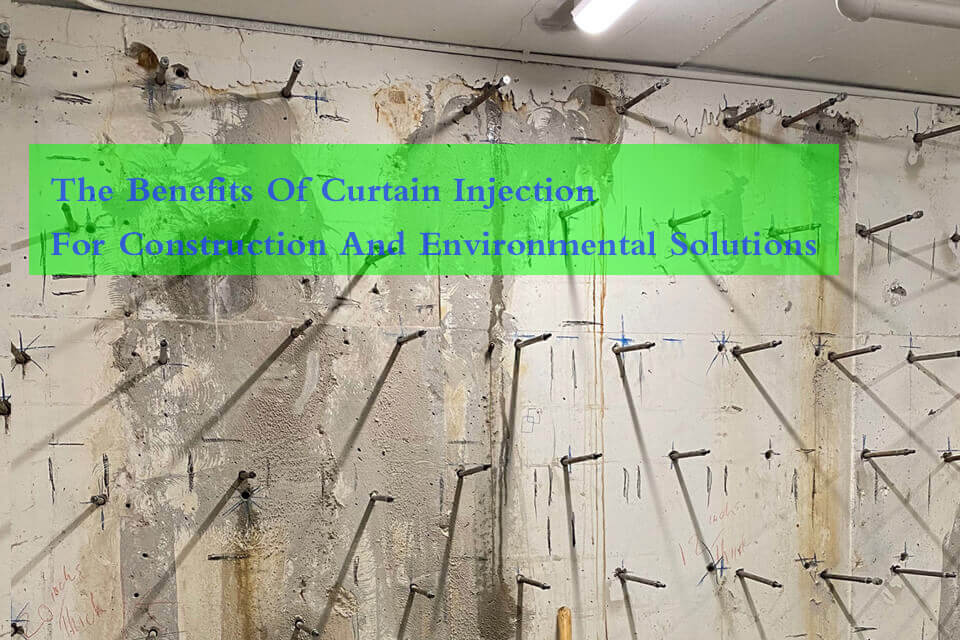
The Benefits of Curtain Injection for Construction and Environmental Solutions
Curtain injection, also known as curtain grouting or curtain wall injection, is an innovative technique widely used in construction, geotechnical engineering, and environmental protection.
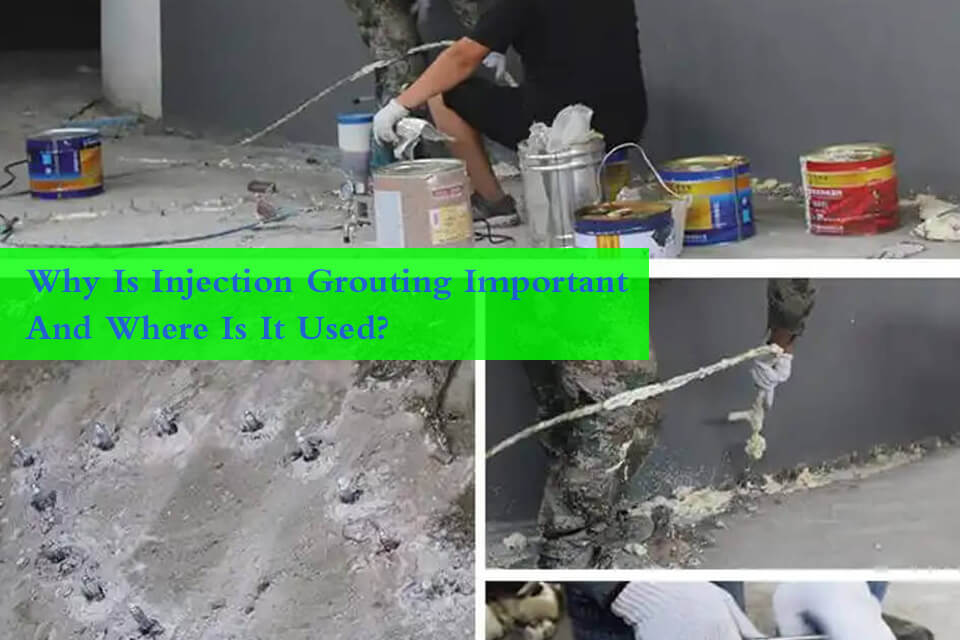
Why Is Injection Grouting Important and Where Is It Used?
Injection grouting is a vital process in construction and repair, designed to enhance the durability and integrity of concrete and masonry structures.
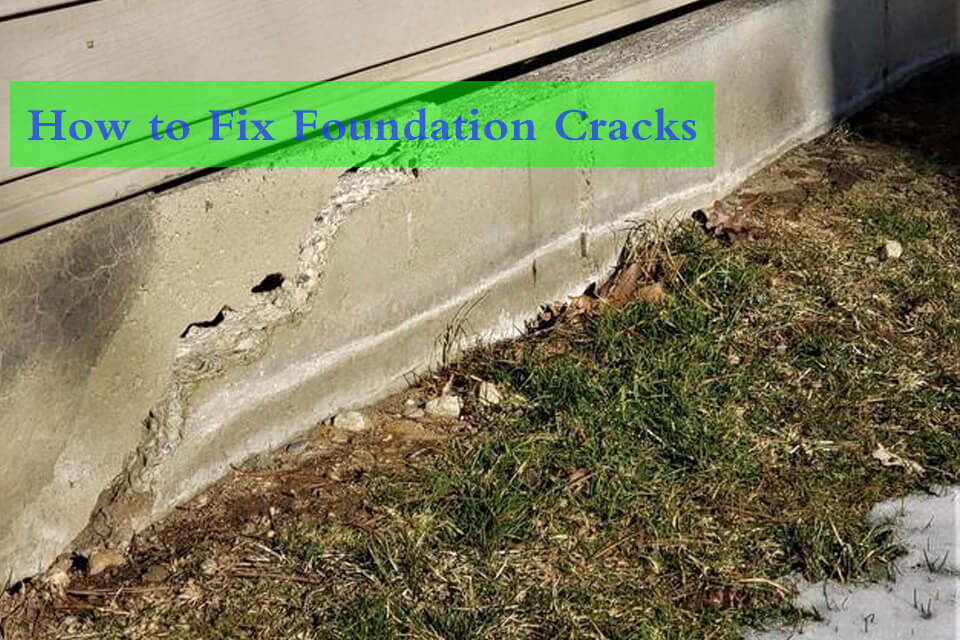
How to Fix Foundation Cracks: A Comprehensive Guide
Foundation cracks can jeopardize the structural integrity of any building, posing a risk to both property and safety.

